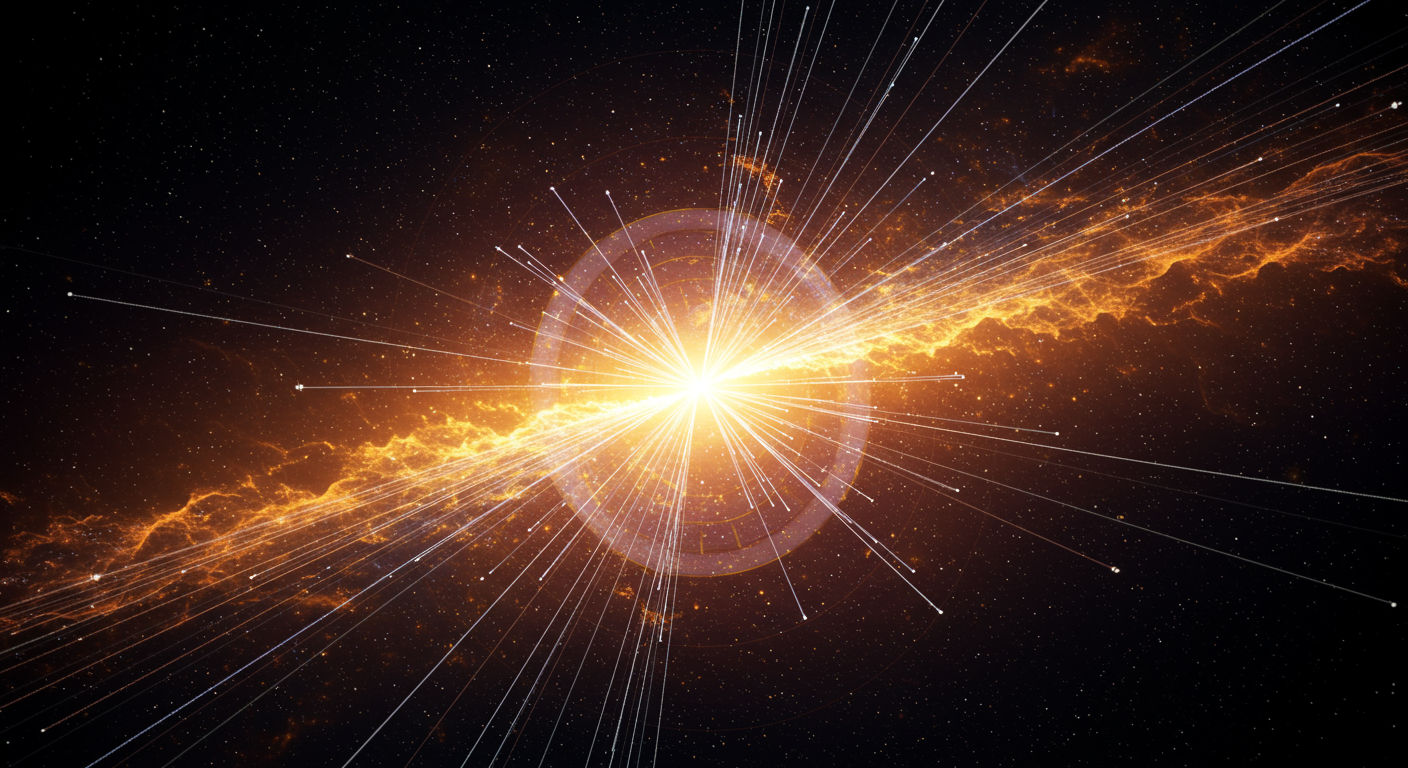Cosmological Parameter Estimation with Sequential Linear Simulation-based Inference

In their recent work, “Cosmological Parameter Estimation with Sequential Linear Simulation-based Inference” (2501.03921), lead author Nicolas Mediato-Diaz and Will Handley introduce Linear Simulation-Based Inference (LSBI), a novel approach to navigating the complexities of cosmological parameter estimation. The challenge lies in the often intractable likelihood functions of sophisticated astrophysical models. Traditional methods, like Approximate Bayesian Computation (ABC) (rubin1984bayesianly), struggle with the high dimensionality of modern datasets. While recent advancements in Simulation-Based Inference (SBI) utilizing machine learning, such as Density Estimation Likelihood-free Inference (DELFI) (papamakarios2016fast) and Truncated Marginal Neural Ratio Estimation (TMNRE) (cole2022fast), offer improvements, they often come at the cost of explainability.
LSBI addresses this trade-off by approximating the likelihood as a Gaussian linear function of its parameters. This simplification allows for analytical expressions of posterior distributions, providing valuable intellectual oversight often missing in “black box” neural network approaches. As detailed in the paper, the method iteratively refines the posterior through sequential rounds of simulation, drawing samples from the previous iteration’s posterior to hone in on the observed data. This sequential approach allows LSBI to handle non-linear models effectively, converging to accurate parameter estimations with a computationally competitive number of simulations.
The paper showcases LSBI’s performance across a range of scenarios, from toy models with various noise characteristics to a pseudo-realistic cosmological dataset based on the Cosmic Microwave Background (CMB) temperature power spectrum. Results, confirmed through comparison with nested sampling using dynesty, demonstrate LSBI’s ability to deliver both accuracy and explainability in cosmological parameter estimation, paving the way for a more transparent and insightful approach to understanding our universe. The method’s potential extends to the analysis of complex datasets from next-generation surveys, offering a robust framework for tackling intricate astrophysical problems. Furthermore, the work acknowledges the limitations of a purely linear approximation, and suggests potential future development into Gaussian-mixture models, as a more sophisticated handling of non-Gaussian and multimodal likelihoods (alsing2019fast). This research opens exciting avenues for future cosmological investigations and model comparisons.


Content generated by gemini-1.5-pro using this prompt.
Image generated by imagen-3.0-generate-002 using this prompt.